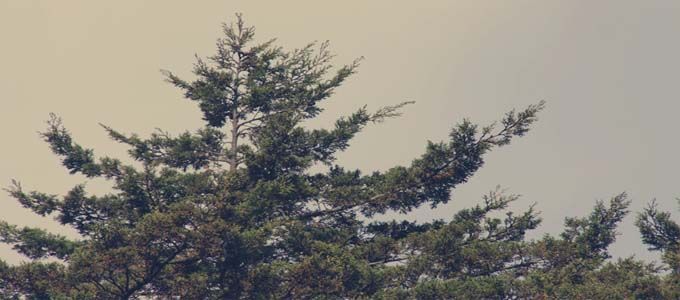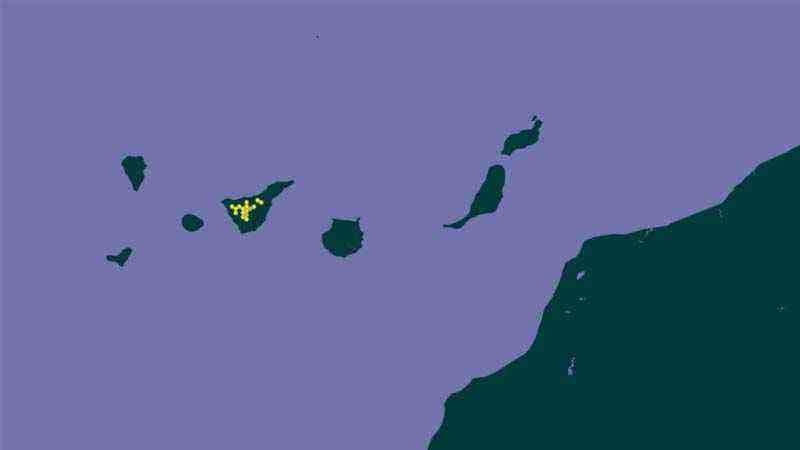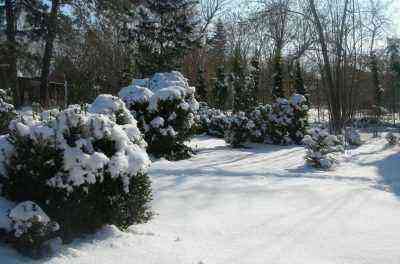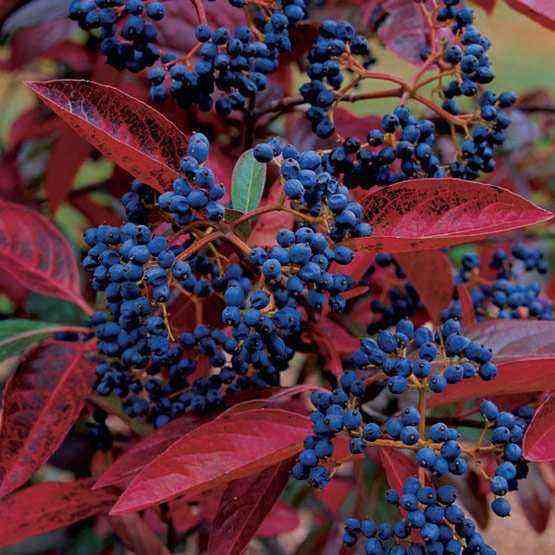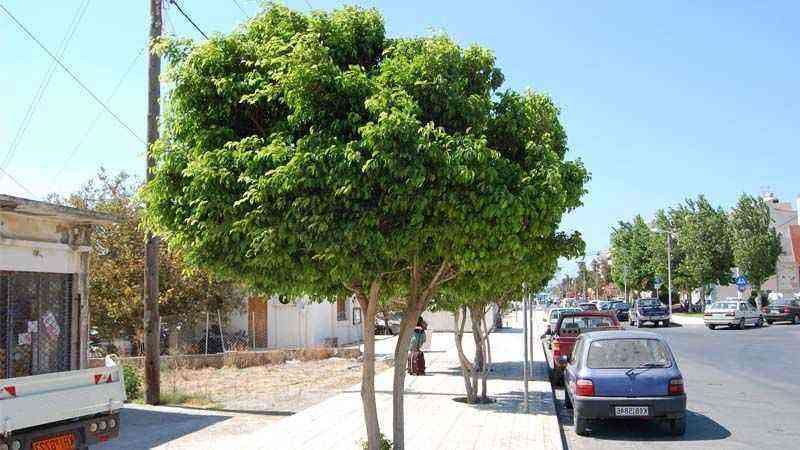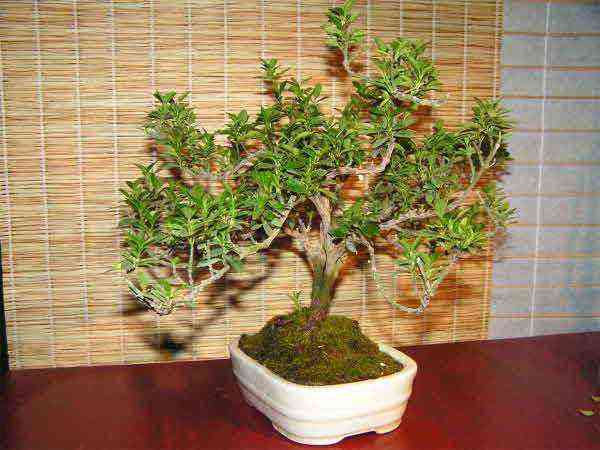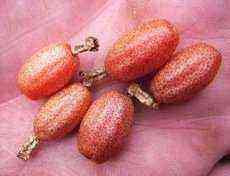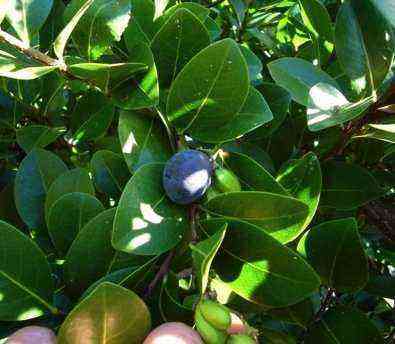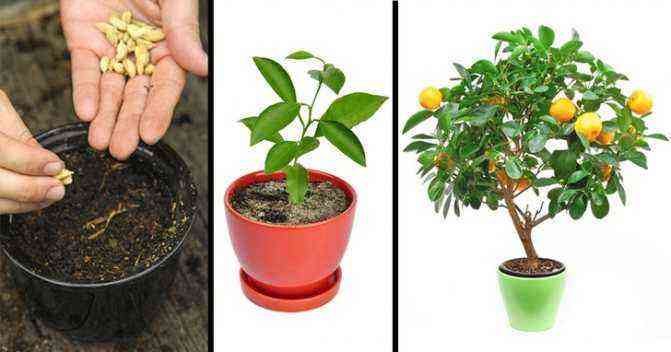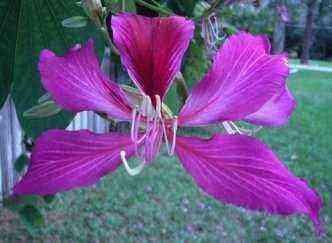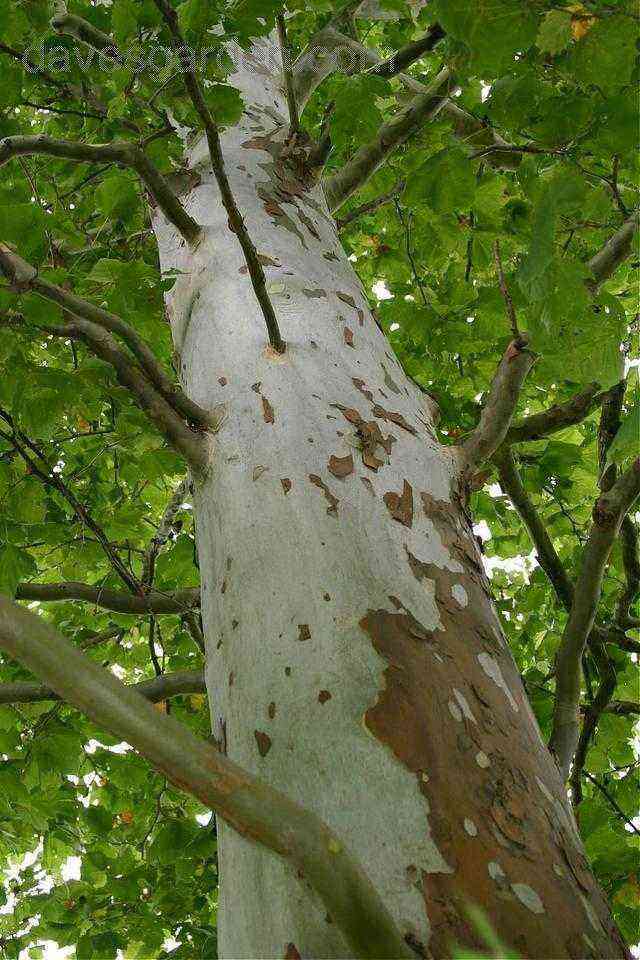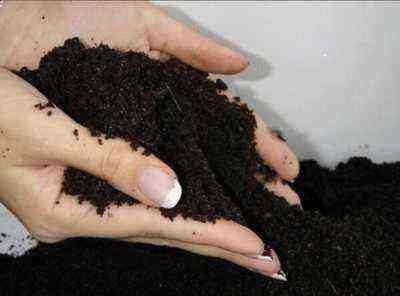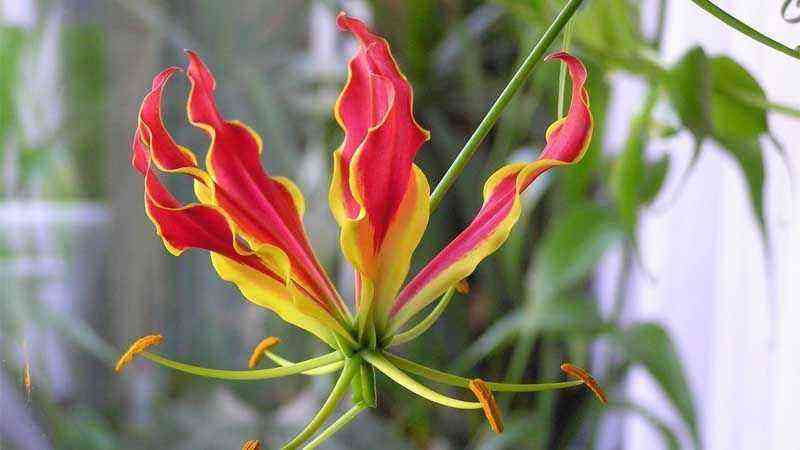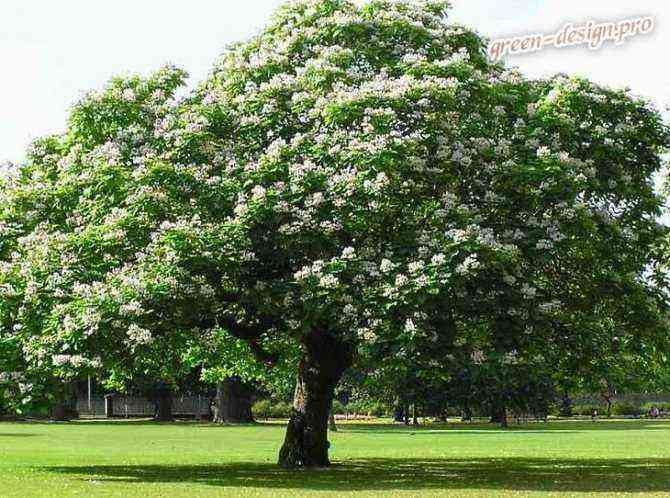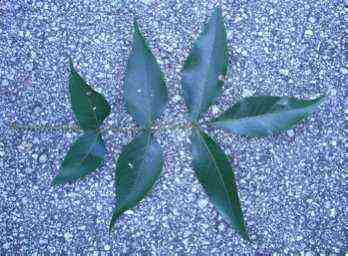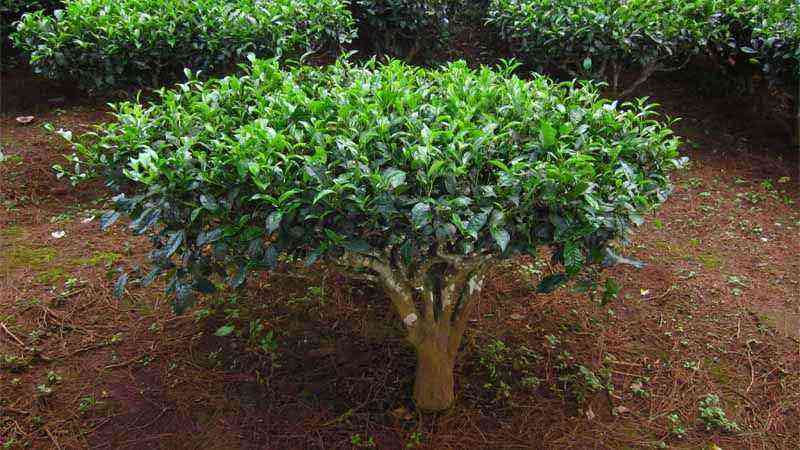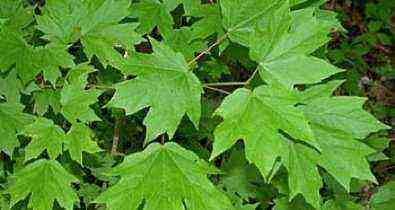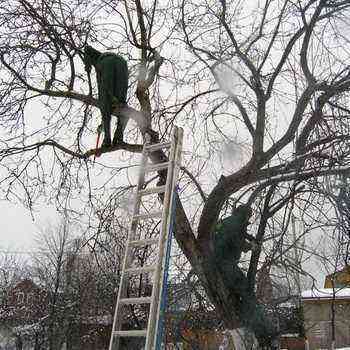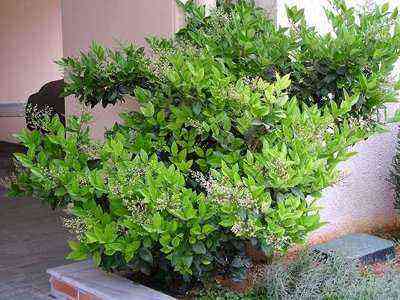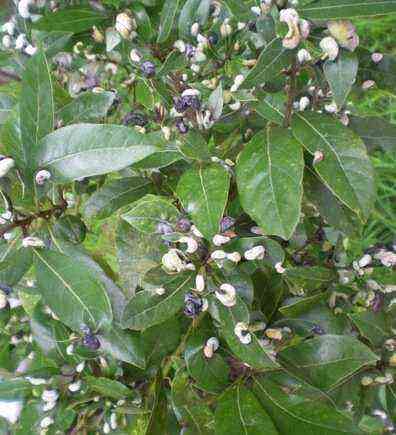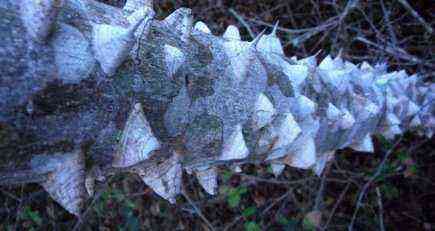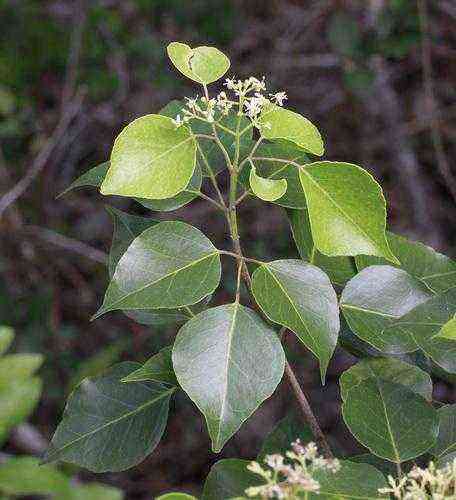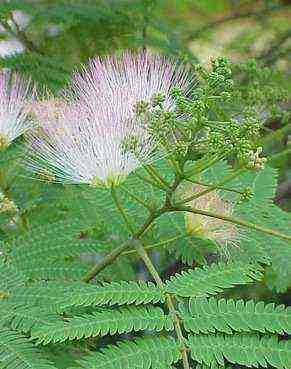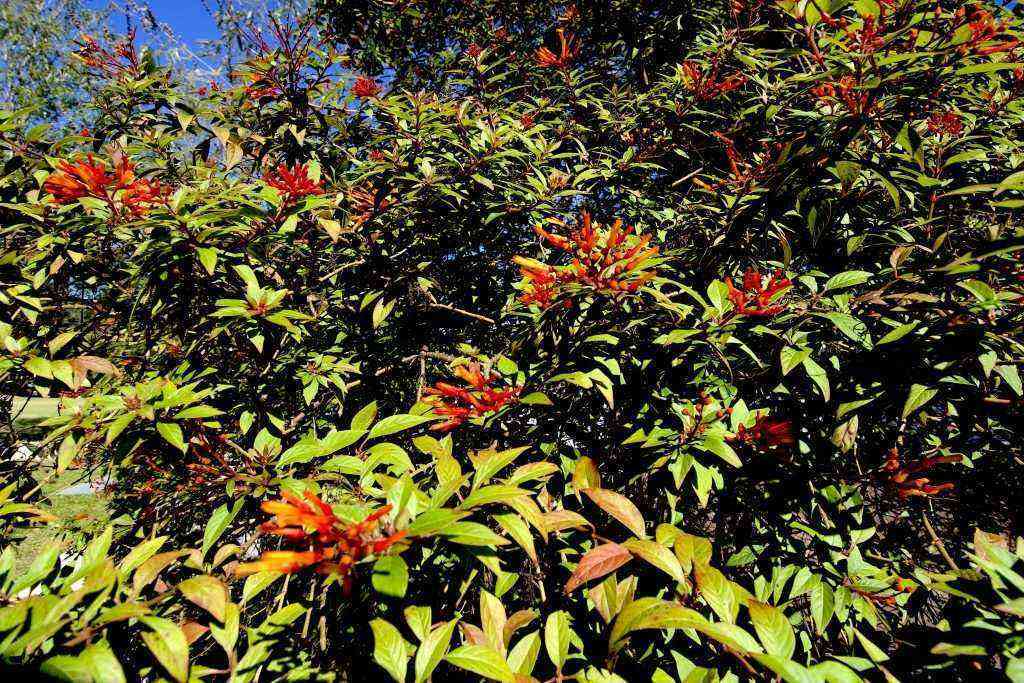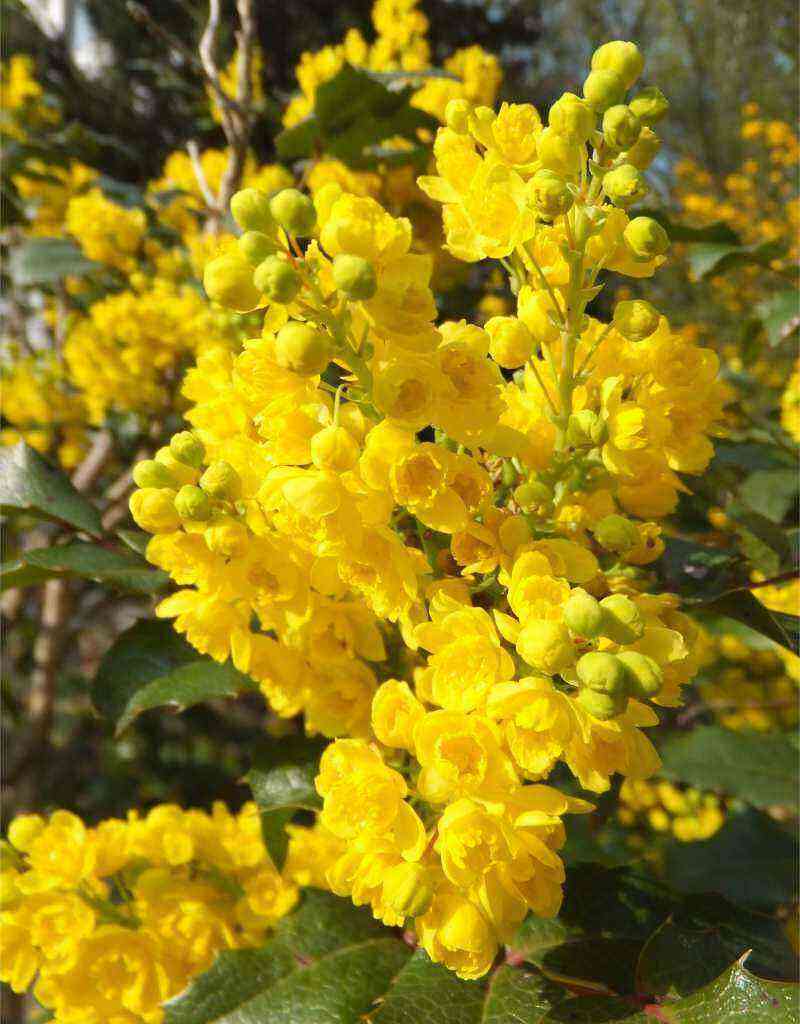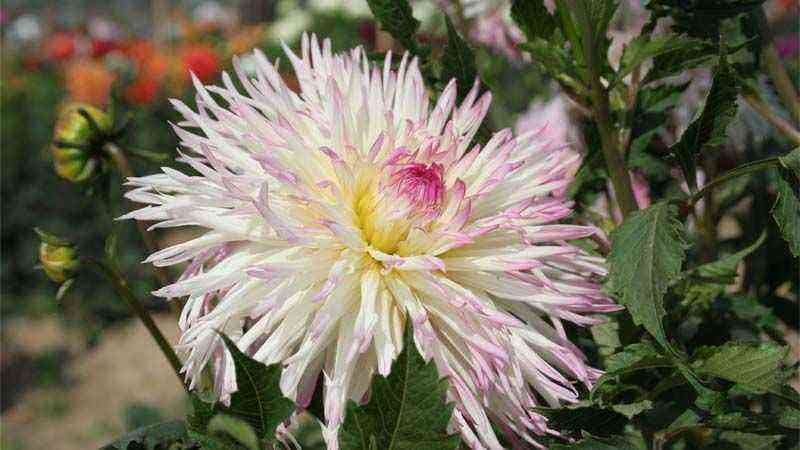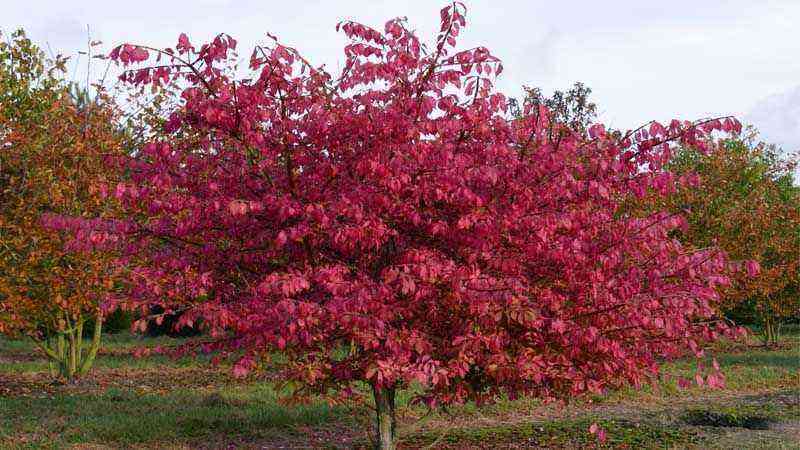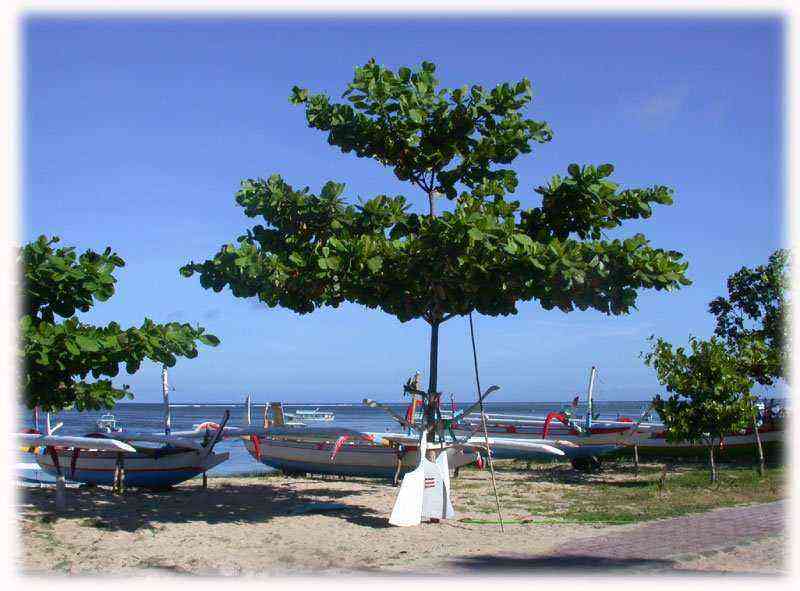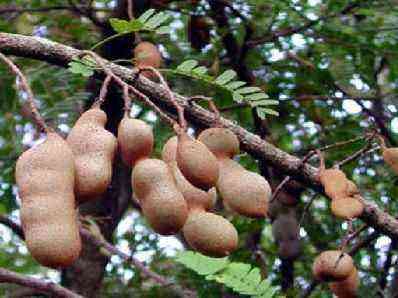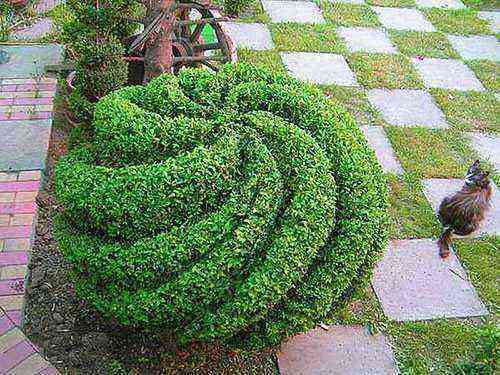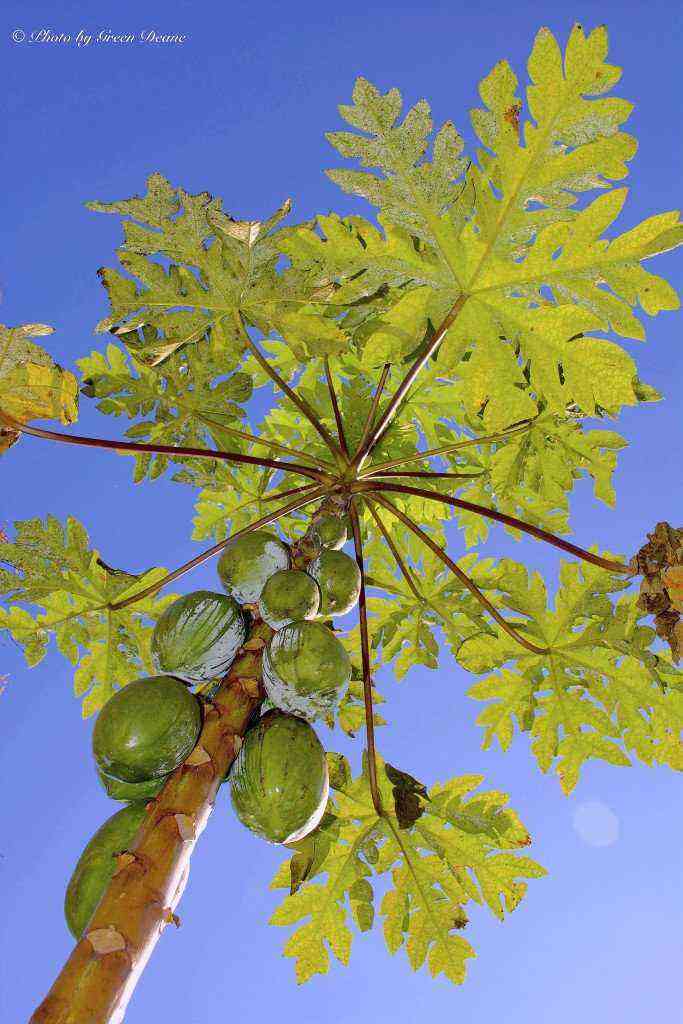Within the plant world, the concept of cedar plant encompasses many species and scientific names. Talking about white cedar, scientifically, the scientific name that best fits this denomination would be that of Cupressus lusitanica o Cupressus lindleyi.
However, we can see a multitude of bibliography where other scientific names are mentioned for the same common name.
Description of white cedar
Cupressus lusitanica belongs to the family Cupressaceae, so it could be classified as a specific species of cypress.
In fact, in different parts of Central and South America, it is known as mexican cypress among other names, for being originally from there.
Morphologically, it is a tall evergreen tree, which usually lives between 40 and 60 years, in large American forests. To reach this height it usually takes more than 30 years, being normal to buy white cedar in nurseries where they are between 30 and 50 cm tall (about 5 months old)
The structure is pyramidal, like that of many cypresses and pines, but with the exception that it has a rapid growth.
In general, cypresses tend to be very slow-growing and live for many years (more than 100, generally). Quite the opposite of white cedar.
The name of white cedar it is not due to the color of its leaves, since they have the common dark greenish coloration of the cupresaceae family.
In some North American homes, parts of the white cedar are chosen because they have a strong and pleasant odor. Especially at Christmas, where it is used as an ornament on doors and fireplaces.
We can also extrapolate this to the garden, where we can have a plant cover with the white cedar that at night emits a pleasant smell.
Also, many kinds of cypress and cedar have oils that repel insects like mosquitoes.
Flowering: White cedar flowering occurs from February through April.
Fructification: from autumn and winter.
Taxonomic information
| Division: | Pinophyta | |
|---|---|---|
| Class: | Pinopsida | |
| Order: | Pinales | |
| Family: | Cupressaceae | |
| Gender: | Cupressus | |
| Species: | C. lusitanica | |
Characteristics of growing white cedar in your garden
Soil conditions
El white cedar it needs a deep soil in which to develop its prodigious root growth.
It is important to take good care of the drainage, since they are species sensitive to Phytopthora, which can kill adult species in situations of waterlogging or root suffocation.
Heavy and not very fertile soils tend to significantly reduce the development of white cedar, acquiring lower heights (not reaching 20 meters).
Es drought resistant and generally requires little water. Nothing in winter (only rain) and 1 or 2 weekly waterings in summer.
When planting the white cedar, we need to find an area away from the shade of palm trees or other larger species.
We must avoid areas with significant winds, such as the coast, where salinity conditions will also negatively influence it.
Characteristics of white cedar seeds
The most normal thing is to acquire Cupressus lusitanica in nurseries, with a size greater than 30 cm and easy to transplant.
However, the more adventurous will be able to germinate their seeds, which must be stratified at a temperature between 1 and 5 1ºC prior to their development.
The germination percentage of white cedar seeds is low, around 15-20%, so it will be advisable to plant several seeds that allow the viability of at least 1 or 2 of them.
Pests and diseases Cupressus lindleyi
The fungus of gender Phythopthora It is very present in heavy soils, with a large accumulated water load and drainage problems.
It affects root development and sap channels, so it ends up drying branches and, if the presence is high, the tree completely.
Very phagocytic species such as aphids they can be located on new leaves and the ends of branches. Specifically, the aphid of this type of pine and cypress is scientifically known as Cinara cedri y Cedrobium laportei.
La coniferous mealybug They can also affect the white cedar, finding a kind of “spider web” on different branches, with a cottony appearance.
These mealybugs absorb the sap of the white cedar, producing a sticky and sugary liquid that causes the appearance of different species of saprophytic fungi, aggravating the problem.

